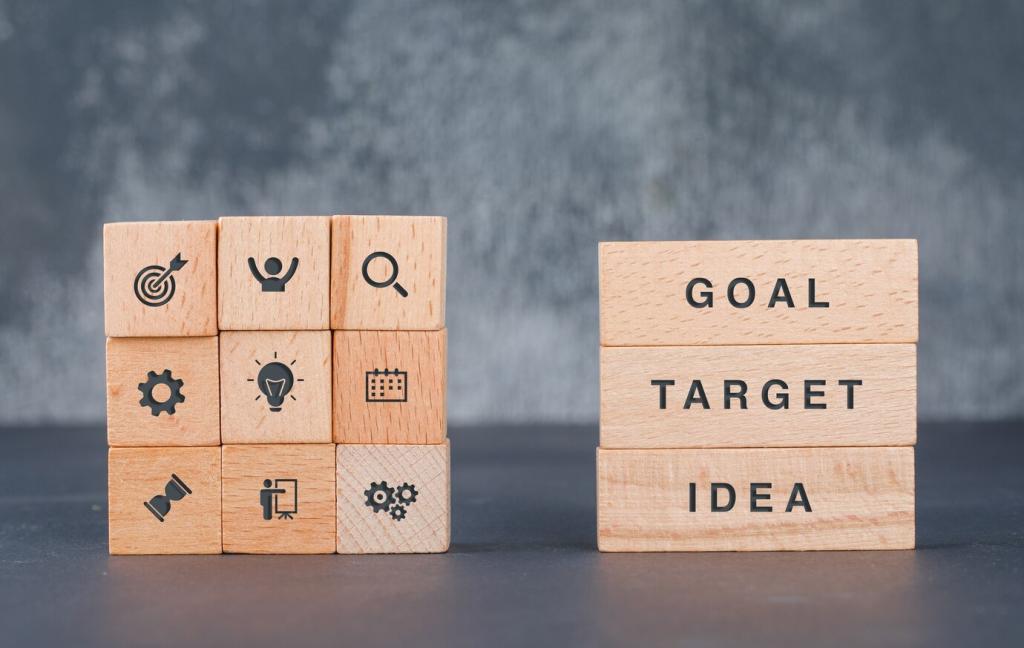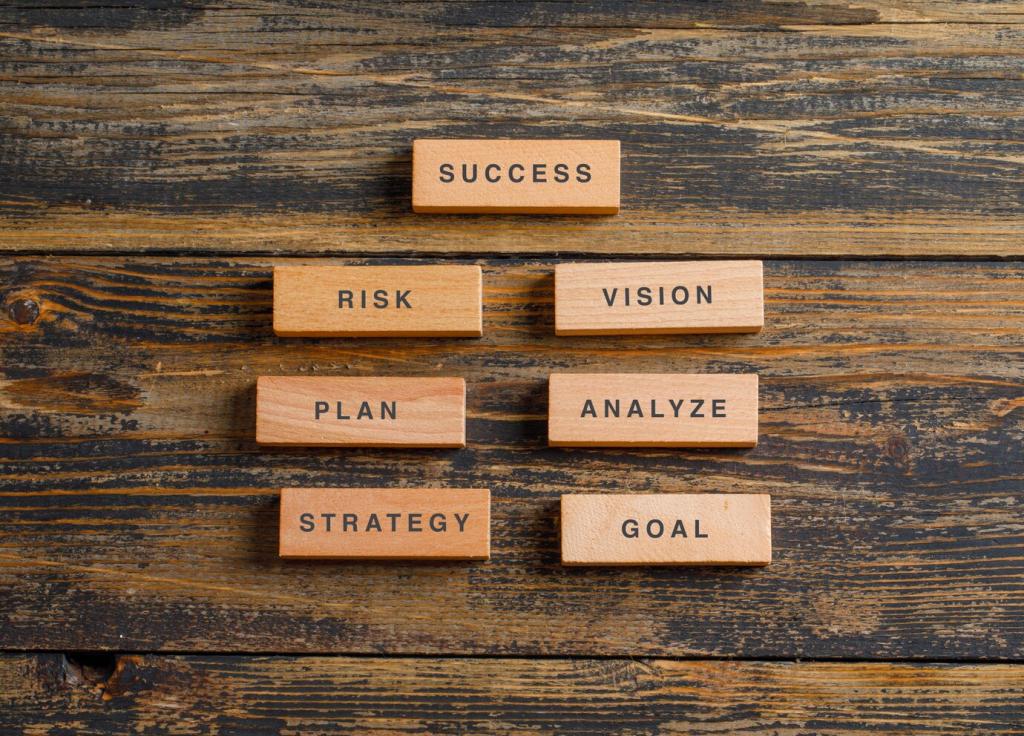
Build a Life by Design: The Importance of Goal Setting in Self-Improvement
Chosen theme: The Importance of Goal Setting in Self-Improvement. Welcome in, friend—this is your space to turn intentions into tangible progress. Together we will translate your hopes into clear targets, compassionate systems, and daily actions you can actually keep. Join our community, share your current goal in the comments, and subscribe for weekly insights that help you move with clarity.

Clarity turns effort into progress
Vague wishes rarely change behavior, but clearly defined goals illuminate next steps and reduce decision fatigue. When you know exactly what success looks like, you waste less energy guessing. Comment with one clear goal statement you’ll act on today.
From wishes to commitments: outcome and process goals
Outcome goals define the destination, while process goals describe the steps. Both matter in self-improvement: the outcome keeps you inspired, and the process keeps you moving. Share your outcome and one daily process step so we can cheer you on.
SMART is a start—add emotion and identity
SMART criteria create structure, yet lasting self-improvement needs emotional resonance and identity alignment. When a goal feels like who you are becoming, consistency follows naturally. Tell us why your goal matters to your heart, not just your schedule.
The Psychology Behind Effective Goals
Dopamine, anticipation, and measurable steps
Small, measurable milestones create anticipatory dopamine spikes that reinforce action. This is why breaking goals into increments works so well for self-improvement. Track one tiny step daily; post your first milestone below so others can celebrate with you.
Implementation intentions that rescue momentum
If–then plans pre-decide your response to obstacles, dramatically reducing hesitation. For self-improvement, write triggers like, “If it’s 7 AM, then I start my workout playlist.” Share one if–then plan you’ll use tomorrow and invite a friend to join.
Self-efficacy grows at the edge of capability
Set goals slightly beyond your current comfort to build confidence through mastery. Successive wins raise your belief in your ability to improve. Choose a stretch just big enough and tell us how you’ll measure the first proof point this week.
Designing a Personal Goal System
Choose a single guiding theme—like Strength, Focus, or Generosity—to filter decisions. Then craft quarterly goals that embody that theme. This keeps self-improvement coherent, not scattered. Tell us your theme and one quarter-defining commitment you’ll honor.
Designing a Personal Goal System
Some habits create cascading benefits. Sleep, movement, and planning are keystones; nail them and many goals get easier. Identify one keystone to support your goal setting and report back in a week with your first ripple effect.
Designing a Personal Goal System
Make the desired action visible, easy, and rewarding. Put tools within reach; remove friction and temptations. Environment design lowers willpower demands and boosts self-improvement consistency. Share one environmental tweak you’ll make before the day ends.
From Planning to Daily Action
Start with the end state, then work backward to quarterly, monthly, and weekly steps. Backcasting prevents wishful thinking by revealing the real workload. Post your final vision in one sentence, then your very next calendar task below.


Normalize friction and practice adaptive persistence
Expect off days and plan recovery moves—a shorter session, a walk, a reset ritual. Adaptive persistence keeps the streak alive without perfectionism. Tell us your go-to micro-recovery that gets you back on track quickly.

Reframe distortions that sabotage progress
All-or-nothing thinking, catastrophizing, and mind reading can derail self-improvement. Replace them with flexible, evidence-based thoughts. Write one unhelpful thought about your goal and your kinder, truer replacement; encourage someone else by sharing your reframe.

Accountability that empowers, not shames
Choose partners who celebrate effort and learning, not just outcomes. Create specific check-ins and shared dashboards. Healthy accountability builds momentum and confidence. Invite a partner in the comments, or tag someone who will keep you gently honest.
Stories from the Path: Real People, Real Goals
01
From couch to consistent runner: Leah’s five-minute rule
Leah set a process goal: run for five minutes daily, no exceptions. Five became eight, then twenty. Within months, she finished a 5K smiling. What five-minute rule could anchor your self-improvement this week? Share it and start today.
02
A language learner’s streak survives a demanding job
Ravi linked goals to commute time, doing ten minutes of listening every morning. He tracked streaks and allowed grace days. Progress felt inevitable, not heroic. What tiny, dependable window can you co-opt for your daily goal practice?
03
A career pivot built from micro-goals and experiments
Ana explored a new field through monthly projects, informational interviews, and a skill sprint. Clear goals reduced fear by shrinking the unknown. Comment with one micro-experiment you’ll run to test your next self-improvement hypothesis.



